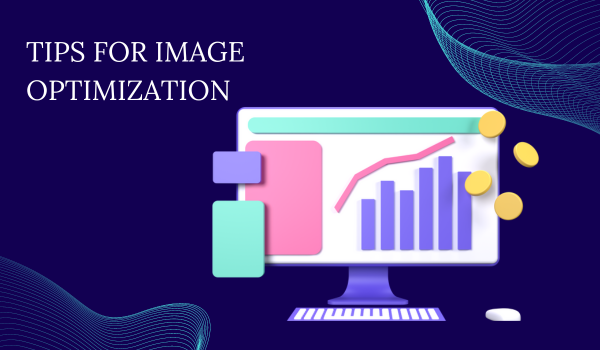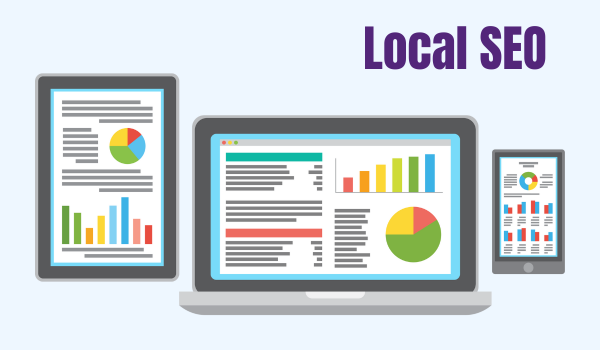In search engine optimization (SEO), the role of image optimization is often overlooked. However, optimized images can be a strong driver of site performance, affecting both the speed of your website and your organic search rankings. In this article, we will explore the ways you can optimize your images to enhance your SEO efforts.
Understanding Image Optimization
Image optimization involves compressing the file size of an image without degrading the quality to an unacceptable level. This can increase website speed and search engine ranking, while also improving user engagement.
How To Optimize Images For SEO
Here are some key techniques to consider when optimizing images for SEO.
1. Choose Appropriate Image Formats
JPEG: Best for photos or detailed images with a range of colors.
PNG: Ideal for images like logos. It supports transparent backgrounds while maintaining sharp lines and details.
WebP: It’s a newer format that provides superior compression for both lossy and lossless images and supports transparency.
SVG: Excellent for icons, logos, and other vector-based images. It’s scalable without losing quality.
2. Compress Your Images
Compress your images to minimize their file size before uploading them to your website. Use tools like:
Adobe Photoshop
TinyPNG
Kraken.io
Remember to strike a balance between reducing file size and maintaining decent image quality.
3. Use Descriptive File Names
Name your images descriptively and in plain English. Be sure to include relevant keywords to help search engines understand what the image is about, but avoid keyword stuffing.

4. Leverage Alt Text
“Alt Text” is a description of an image in the HTML of the page. It improves accessibility for people who can’t see images on web pages and is also used by search engines to understand what the image is about.
5. Implement Image Structured Data
Adding structured data to your pages helps search engines display your images as rich results. Plus, structured data can enable extra features in search results like badges and recipe metadata for food images.
6. Utilize Lazy Loading
Lazy loading improves page load times by waiting to load below-the-fold images. Images will only load when users scroll down the page and get close to them.
7. Utilize Responsive Images
Ensure your images are responsive to accommodate different devices. By using CSS and HTML attributes like srcset and sizes, you can serve the optimal image size based on the viewer’s display size.
Conclusion
Image optimization should be a part of your SEO strategy. It improves both user experience and search engine visibility. While it might seem like a small piece of the puzzle, it can make a difference in web performance and user engagement rates. Remember to adhere to these best practices when optimizing images for your website.


